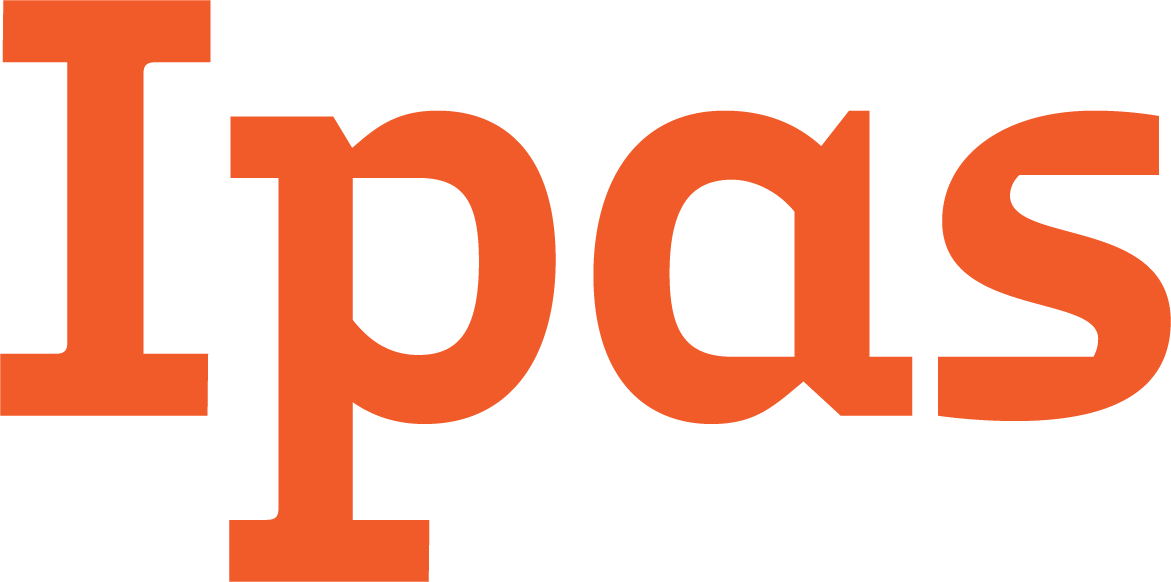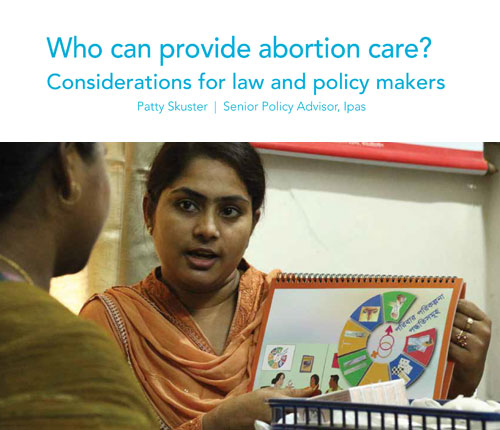
Aug 31, 2020
For women who want to end their pregnancies, laws that allow only medical doctors to provide abortion are real barriers. Abortion can safely be provided by nurses, midwives, paramedical personnel and other midlevel providers. Women who have correct information can take pills to end a pregnancy safely outside a health facility. However, many abortion laws require the involvement of one or more medical doctors. These laws criminalize women and other health professionals who end pregnancies safely without a doctor. Under doctor-only laws, health systems—particularly in the global south—cannot train enough abortion providers to make abortion accessible to all women. Doctor-only laws discriminate against women who belong to vulnerable and disadvantaged groups and who are least likely to have access to medical doctors. Lawmakers need not designate who can provide abortion in the law. Documents such as national health standards and guidelines are better suited to clarify who are authorized providers. This publication explains how Standards and Guidelines, enacted by the Ministry of Health and ideally updated every few years, can reflect the latest scientific evidence in abortion care.
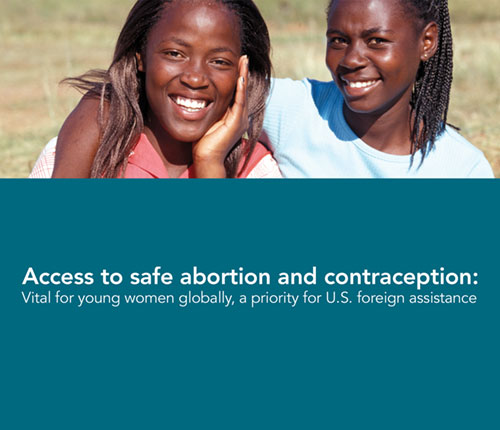
Aug 30, 2020
The United States, as the world’s foreign assistance leader, must play a key role in safeguarding a comprehensive and integrated approach to sexual and reproductive health and rights for young women. This fact sheet outlines policy challenges that deny young women their sexual and reproductive rights and puts forth policy actions the U.S. government should take: expand family planning funding, repeal the damaging Helms Amendment, permanently repeal the Mexico City Policy (also called the Global Gag Rule), and continue to work toward a progressive sexual and reproductive health agenda in platforms like the International Conference on Population and Development and the United Nations.
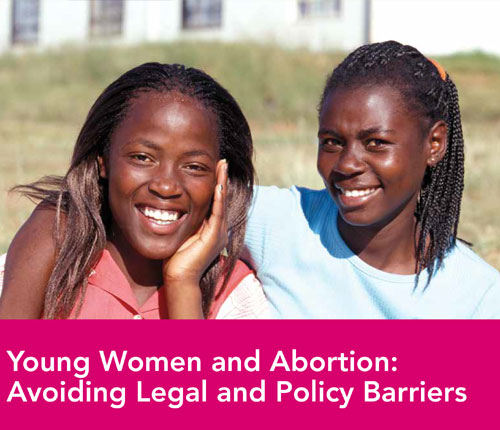
Aug 29, 2020
This resource is designed to help advocates and policymakers promote laws and policies that support access to safe abortion for young women. Parental involvement requirements in law or policy are common barriers that push young women toward illegal and often unsafe abortion.
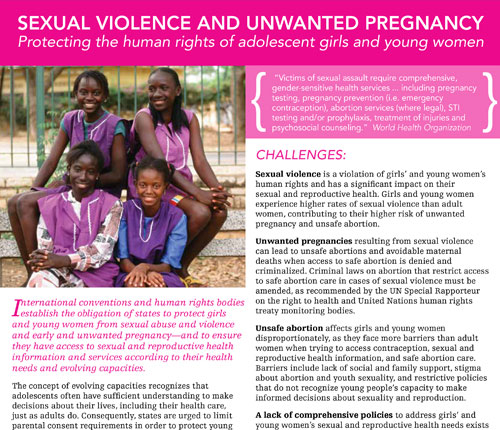
Aug 28, 2020
This publication provides evidence and explanation for why Ipas urges governments and policymakers to ensure that all young women—including survivors of sexual violence—have access to comprehensive sexual and reproductive health care, including safe abortion services.
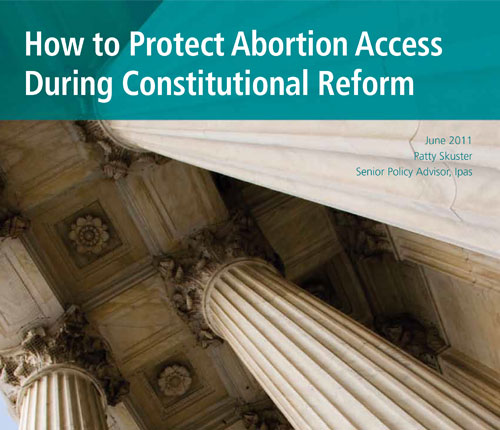
Aug 27, 2020
This toolkit is designed to help reproductive rights advocates participate in national constitutional reform processes. It looks at the potential consequences of constitutional protection of life at conception and outlines ways reproductive rights advocates can influence the constitutional reform process. It also may be useful for advocates facing constitutional amendments or engaging in litigation.


